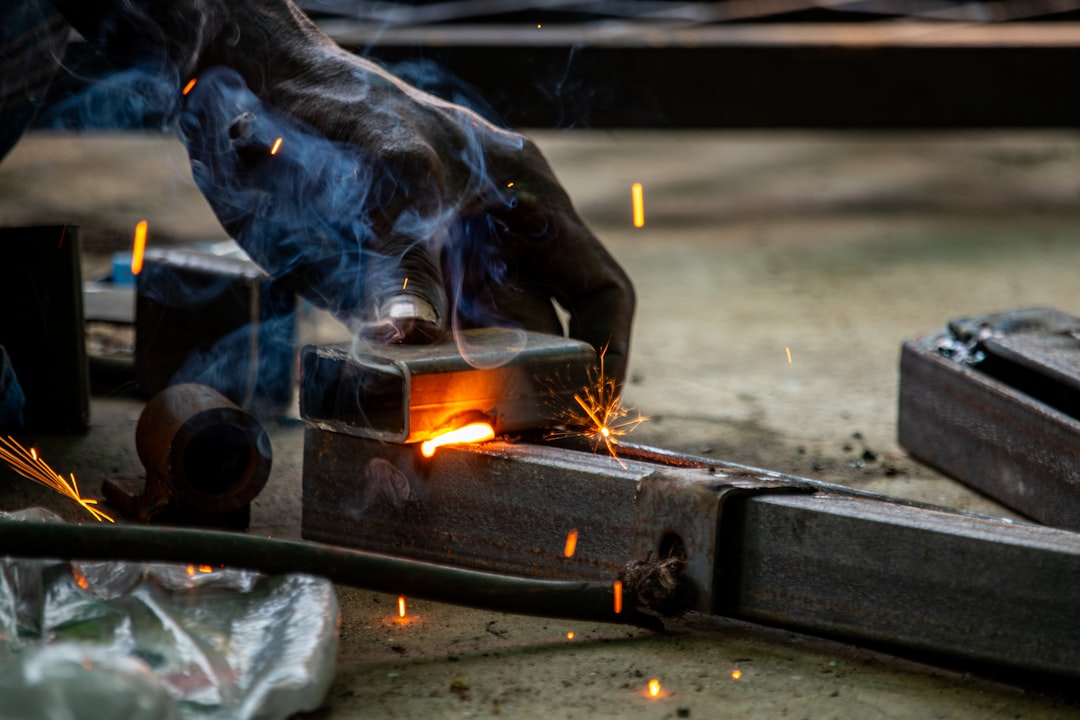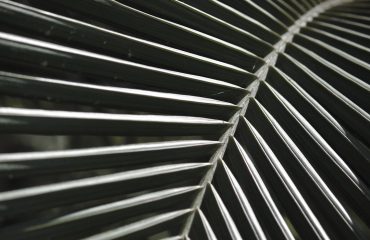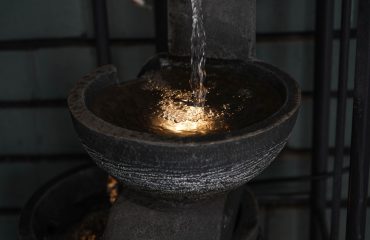The steel industry, a cornerstone of global infrastructure and manufacturing, is constantly evolving. Driven by the relentless pursuit of enhanced performance, sustainability, and cost-effectiveness, Research and Development (R&D) plays a pivotal role in shaping the future of steel product innovation. This exploration delves into the key areas driving this transformation.
1. Advanced Steel Alloys: Pushing the Boundaries of Strength and Durability
The quest for stronger, lighter, and more durable steel has led to significant advancements in alloy development. Researchers are exploring novel compositions incorporating elements like niobium, vanadium, and titanium to refine the microstructure and enhance mechanical properties. These advanced alloys find applications in high-performance sectors such as aerospace, automotive, and construction, where demanding conditions require materials with exceptional strength-to-weight ratios and resistance to fatigue and corrosion. For instance, the development of high-strength low-alloy (HSLA) steels has revolutionized automotive manufacturing, allowing for lighter vehicles with improved fuel efficiency and safety. Furthermore, research into duplex and super duplex stainless steels continues to expand their application in harsh environments, such as offshore oil and gas platforms and chemical processing plants, due to their superior corrosion resistance.
2. Innovative Manufacturing Processes: Efficiency and Precision Redefined
R&D is not limited to material science; it also encompasses the development of innovative manufacturing processes. Techniques like advanced high-strength steel (AHSS) forming, additive manufacturing (3D printing), and near-net shape casting are revolutionizing steel production. AHSS forming, for example, allows for complex geometries and optimized designs, leading to lighter and stronger components. Additive manufacturing offers unparalleled design freedom, enabling the creation of intricate steel parts with complex internal structures that are impossible to produce using traditional methods. Near-net shape casting minimizes material waste and reduces machining time, resulting in increased efficiency and lower production costs. These innovative processes contribute significantly to improved product quality, reduced lead times, and enhanced sustainability.
3. Enhancing Sustainability: Green Steel and Circular Economy Initiatives
The steel industry is increasingly focusing on reducing its environmental footprint. R&D plays a crucial role in developing “green steel” production methods, aiming to minimize carbon emissions and promote resource efficiency. This involves exploring alternative energy sources for steelmaking, such as hydrogen-based processes, and developing carbon capture and storage technologies. Furthermore, research into the circular economy is gaining momentum, with a focus on recycling and reusing steel scrap to minimize the reliance on virgin materials. Life cycle assessments (LCAs) are being employed to evaluate the environmental impact of various steel production and application scenarios, guiding the development of more sustainable practices and products.
4. Surface Engineering: Protecting Steel from Corrosion and Wear
Protecting steel from corrosion and wear is paramount for many applications. Significant R&D efforts are dedicated to surface engineering techniques, including coatings, thermal spraying, and laser surface modification. These methods enhance the durability and lifespan of steel components, reducing maintenance costs and extending their operational life. For instance, advanced coatings can provide enhanced corrosion resistance in harsh environments, while thermal spraying can improve wear resistance in high-friction applications. Laser surface modification allows for precise control of surface properties, tailoring them to specific application requirements. These surface engineering techniques are crucial for optimizing the performance and longevity of steel products across various industries.
5. Smart Steel and Data-Driven Optimization: The Future of Steel Production
The integration of digital technologies is transforming the steel industry. R&D is focused on developing “smart steel” – steel products embedded with sensors and connected to data analytics platforms. This allows for real-time monitoring of structural integrity, performance, and environmental conditions. Data-driven optimization techniques are being employed to improve production efficiency, reduce waste, and enhance product quality. Predictive maintenance models can be developed based on data collected from smart steel components, minimizing downtime and extending their lifespan. This integration of data analytics and smart technologies is paving the way for a more efficient, sustainable, and intelligent steel industry.
In conclusion, R&D is the driving force behind the continuous improvement and innovation in the steel industry. By focusing on advanced alloys, innovative manufacturing processes, sustainable practices, surface engineering, and smart technologies, researchers are pushing the boundaries of what’s possible with steel, creating stronger, lighter, more durable, and sustainable products that meet the ever-evolving demands of a globalized world.
SEO Tags:
Steel Innovation, Steel R&D, Advanced Steel Alloys, Sustainable Steel, Steel Manufacturing




